Eight-five-seven Charlie was a 1948 Stinson model 108-3. She was born red. In the last year of her life, she changed her dress, and she became metallic blue, with a white stripe running the entire length of her somewhat pudgy fuselage. Before becoming blue, she looked her age—one year older than her retired cousin sleeping at the Anchorage Transportation Museum. Before Charlie changed her color, she looked like her cousin’s twin. Stinson loved red in the late 40s, and most I’ve seen flew out of the factory with a new coat of red paint. Over time, parked at airports without shade and flying into the sun, Charlie’s red faded into an oxidized maroon. But then, one day, Charlie’s faded, oxidized red color was covered with a blue-colored coat borrowed from General Motors, which they called Cadillac Blue—an appropriate name for the Cadillac of the 1940s’ light airplanes.
Winter descended on Alaska’s fall hunting season, and 857 Charlie started wearing 7-foot long skis instead of the oversized tires she usually sported. The skis were made of wood, and the natural, weathered, sawed-lumber look was not complementary to Charlie’s new, bright color. The skis fit with the oxidized red, but the new blue with white trim made Charlie look like a lady aristocrat in an evening gown wearing old hiking boots.
As she had done many times, Charlie lifted off Anchorage International Airport and pointed her nose toward the Talkeetna Mountains. Her two passengers, two novice hunters from the South-48, and her Alaskan pilot were wrapped in warm coats, knowing the limited amount of heat produced by Charlie’s heater, and the cold weather they could expect once they left Charlie and went chasing moose around the mountains.
Charlie’s first landing of the day was atop a snow-covered ridge. Moose wandered the little valley below the ridge, and Charlie’s passengers were there to take a moose. It was legal to fly and hunt on the same day airborne in those days, back when Alaska was for Alaskans. So the wannabe hunters left Charlie with rifles in hand and headed for their quarry. Charlie’s pilot pointed her nose into the wind and pushed her throttle in all the way. Charlie responded with vigor. Now free of two-thirds of her ground-hugging weight, she was airborne within seconds of receiving the go command.
Charlie circled low and settled into the snow, lying lightly on a small frozen lake near the hunter’s moose. There were bumps on landing and takeoff on the ridge and repeated on landing on the lake. Then, somewhere on the ridge top or on the lake, the spring holding Charlie’s tailwheel broke, and the wheel flopped loosely, dragging along in the snow.
Using a piece of iron wire, the handle of a 3/8-inch open-end wrench, and a wrapping of duct tape, Charlie’s pilot put the spring pack into place to accommodate one more takeoff before permanent repairs could be handled. Usually, Charlie’s pilot would takeoff empty from such surroundings before allowing people inside the cabin, but with the crippled tail wheel, the unsuccessful moose hunters with their coats, boots, and guns were stuffed in, and Charlie’s engine roared in response to gas vaporing in the carburetor when pilot pushed the throttle.
Most times, Charlie lunged when the propeller’s speed wound to 3,400 RPM, but this time she lounged in the snow just a bit. By the time she was airborne, too much of the small lake was behind her, not enough distance separated her from the ground, and tall trees seemed to get taller and grow ski-grabbing branches. First one ski, then another, and Charlie’s pilot realized this was Charlie’s last flight, and the best thing to do was cut the power, control the crash, sacrifice Charlie’s wings to trees, and protect the people-carrying fuselage.
Charlie gave up hard, but in losing her wings, she saved her passengers, and she died with dignity. Had she been able to hear, she would have heard her pilot explain why he had guided her to such a twisted end —I just ran out of airspeed, altitude, and ideas—all at once.



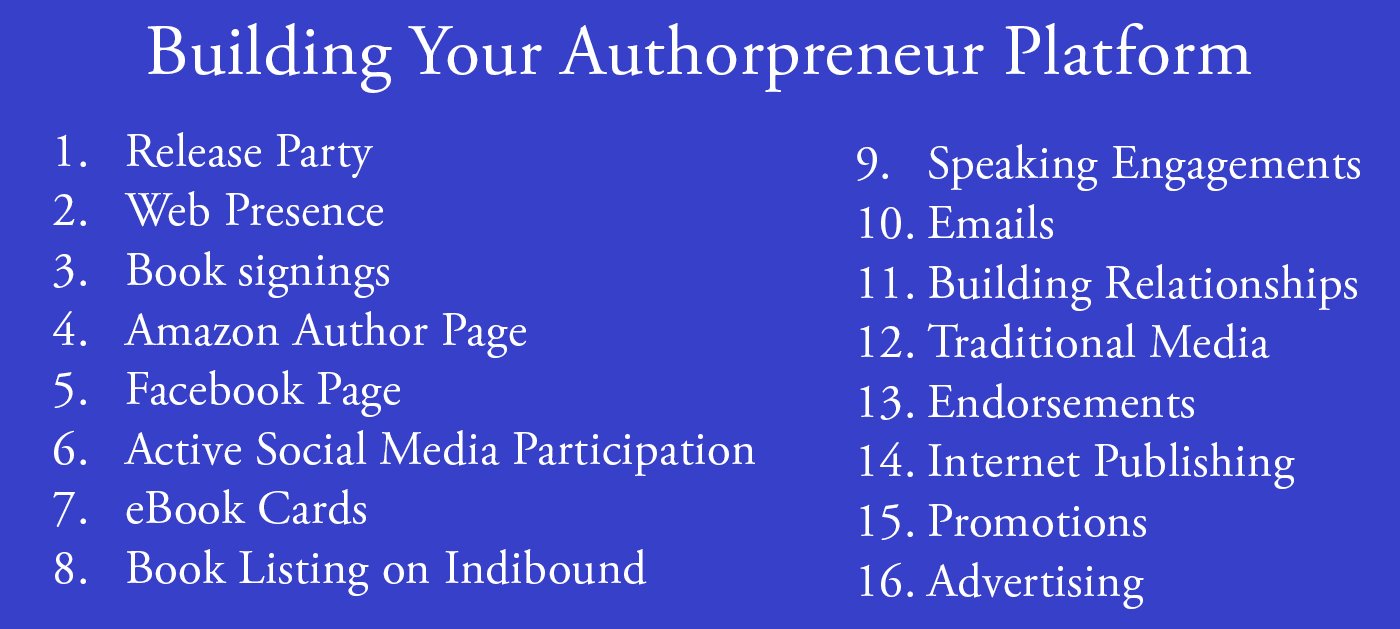
 This is Publication Consultants’ motivation for constantly striving to assist authors sell and market their books. Author Campaign Method (ACM) of sales and marketing is Publication Consultants’ plan to accomplish this so that our authors’ books have a reasonable opportunity for success. We know the difference between motion and direction. ACM is direction! ACM is the process for authorpreneurs who are serious about bringing their books to market. ACM is a boon for them.
This is Publication Consultants’ motivation for constantly striving to assist authors sell and market their books. Author Campaign Method (ACM) of sales and marketing is Publication Consultants’ plan to accomplish this so that our authors’ books have a reasonable opportunity for success. We know the difference between motion and direction. ACM is direction! ACM is the process for authorpreneurs who are serious about bringing their books to market. ACM is a boon for them. Release Party
Release Party Web Presence
Web Presence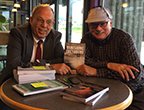 Book Signings
Book Signings Facebook Profile and Facebook Page
Facebook Profile and Facebook Page Active Social Media Participation
Active Social Media Participation Ebook Cards
Ebook Cards The Great Alaska Book Fair: October 8, 2016
The Great Alaska Book Fair: October 8, 2016


 Costco Book Signings
Costco Book Signings eBook Cards
eBook Cards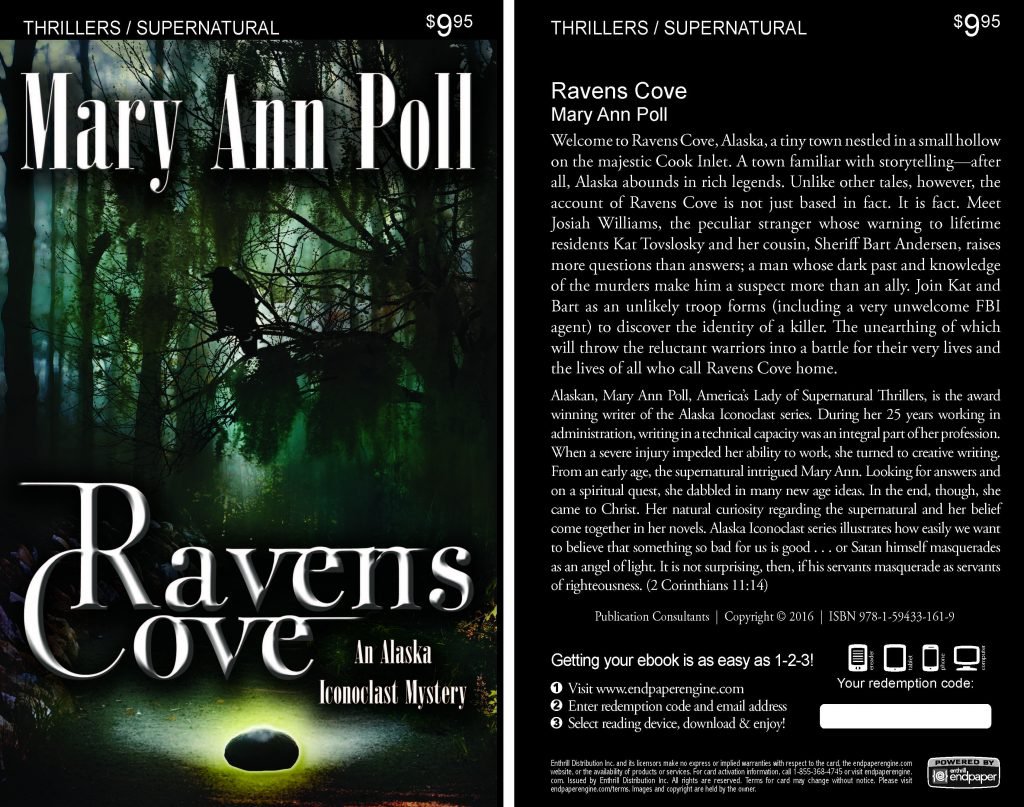

 Benjamin Franklin Award
Benjamin Franklin Award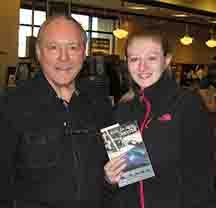 Jim Misko Book Signing at Barnes and Noble
Jim Misko Book Signing at Barnes and Noble
 Cortex is for serious authors and will probably not be of interest to hobbyists. We recorded our Cortex training and information meeting. If you’re a serious author, and did not attend the meeting, and would like to review the training information, kindly let us know. Authors are required to have a Facebook author page to use Cortex.
Cortex is for serious authors and will probably not be of interest to hobbyists. We recorded our Cortex training and information meeting. If you’re a serious author, and did not attend the meeting, and would like to review the training information, kindly let us know. Authors are required to have a Facebook author page to use Cortex. Correction:
Correction: This is Publication Consultants’ motivation for constantly striving to assist authors sell and market their books. ACM is Publication Consultants’ plan to accomplish this so that our authors’ books have a reasonable opportunity for success. We know the difference between motion and direction. ACM is direction! ACM is the process for authors who are serious about bringing their books to market. ACM is a boon for serious authors, but a burden for hobbyist. We don’t recommend ACM for hobbyists.
This is Publication Consultants’ motivation for constantly striving to assist authors sell and market their books. ACM is Publication Consultants’ plan to accomplish this so that our authors’ books have a reasonable opportunity for success. We know the difference between motion and direction. ACM is direction! ACM is the process for authors who are serious about bringing their books to market. ACM is a boon for serious authors, but a burden for hobbyist. We don’t recommend ACM for hobbyists.

 We’re the only publisher we know of that provides authors with book signing opportunities. Book signing are appropriate for hobbyist and essential for serious authors. To schedule a book signing kindly go to our website, <
We’re the only publisher we know of that provides authors with book signing opportunities. Book signing are appropriate for hobbyist and essential for serious authors. To schedule a book signing kindly go to our website, < We hear authors complain about all the personal stuff on Facebook. Most of these complaints are because the author doesn’t understand the difference difference between a Facebook profile and a Facebook page. Simply put, a profile is for personal things for friends and family; a page is for business. If your book is just a hobby, then it’s fine to have only a Facebook profile and make your posts for friends and family; however, if you’re serious about your writing, and it’s a business with you, or you want it to be business, then you need a Facebook page as an author. It’s simple to tell if it’s a page or a profile. A profile shows how many friends and a page shows how many likes. Here’s a link <> to a straight forward description on how to set up your author Facebook page.
We hear authors complain about all the personal stuff on Facebook. Most of these complaints are because the author doesn’t understand the difference difference between a Facebook profile and a Facebook page. Simply put, a profile is for personal things for friends and family; a page is for business. If your book is just a hobby, then it’s fine to have only a Facebook profile and make your posts for friends and family; however, if you’re serious about your writing, and it’s a business with you, or you want it to be business, then you need a Facebook page as an author. It’s simple to tell if it’s a page or a profile. A profile shows how many friends and a page shows how many likes. Here’s a link <> to a straight forward description on how to set up your author Facebook page.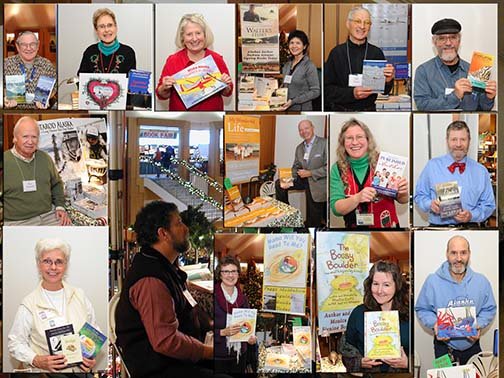



 Mosquito Books has a new location in the Anchorage international airport and is available for signings with 21 days notice. Jim Misko had a signing there yesterday. His signing report included these words, “Had the best day ever at the airport . . ..”
Mosquito Books has a new location in the Anchorage international airport and is available for signings with 21 days notice. Jim Misko had a signing there yesterday. His signing report included these words, “Had the best day ever at the airport . . ..”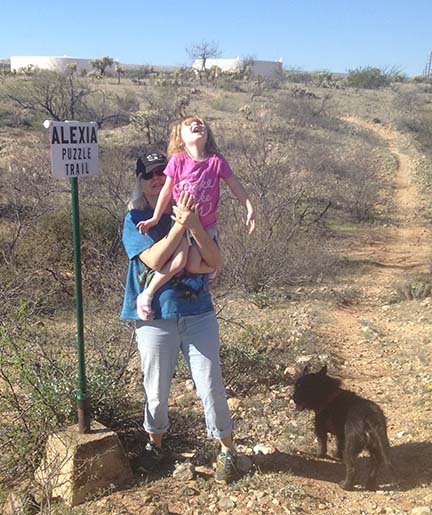


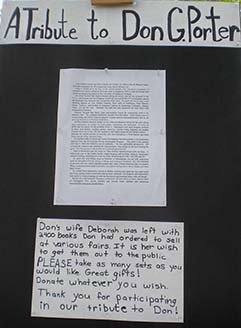
 The Lyin Kings: The Wannabe World Leaders
The Lyin Kings: The Wannabe World Leaders
 Time and Tide
Time and Tide


 ReadAlaska 2014
ReadAlaska 2014 Readerlink and Book Signings
Readerlink and Book Signings
 2014 Independent Publisher Book Awards Results
2014 Independent Publisher Book Awards Results

 Bonnye Matthews Radio Interview
Bonnye Matthews Radio Interview
 Rick Mystrom Radio Interview
Rick Mystrom Radio Interview When he published those overseas blogs as the book The Innocents Abroad, it would become a hit. But you couldn’t find it in bookstores.
When he published those overseas blogs as the book The Innocents Abroad, it would become a hit. But you couldn’t find it in bookstores. More NetGalley
More NetGalley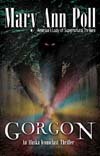 Mary Ann Poll
Mary Ann Poll
 Bumppo
Bumppo
 Computer Spell Checkers
Computer Spell Checkers Seven Things I Learned From a Foreign Email
Seven Things I Learned From a Foreign Email 2014 Spirit of Youth Awards
2014 Spirit of Youth Awards Book Signings
Book Signings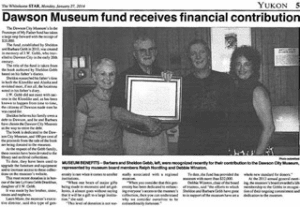

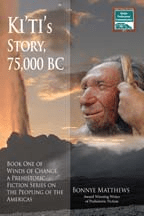
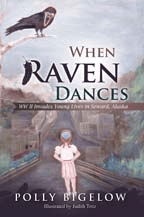 Blog Talk Radio
Blog Talk Radio Publication Consultants Blog
Publication Consultants Blog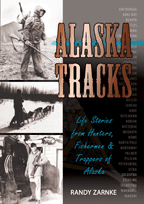 Book Signings
Book Signings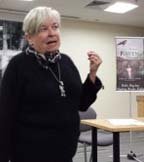
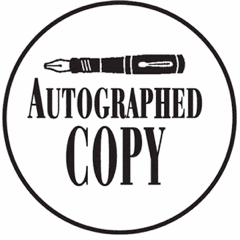
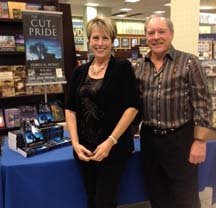

 Don and Lanna Langdok
Don and Lanna Langdok Ron Walden
Ron Walden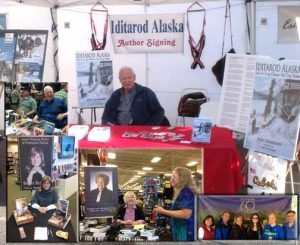 Book Signings Are Fun
Book Signings Are Fun Release Party Video
Release Party Video
 Erin’s book,
Erin’s book,  Heather’s book,
Heather’s book,  New Books
New Books